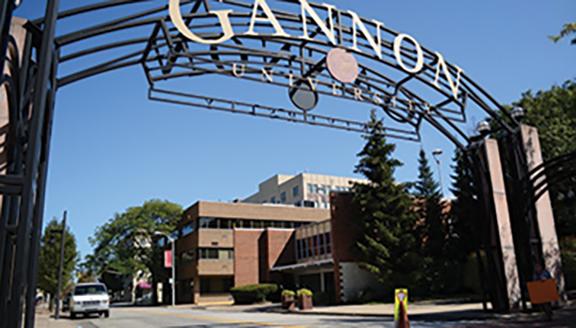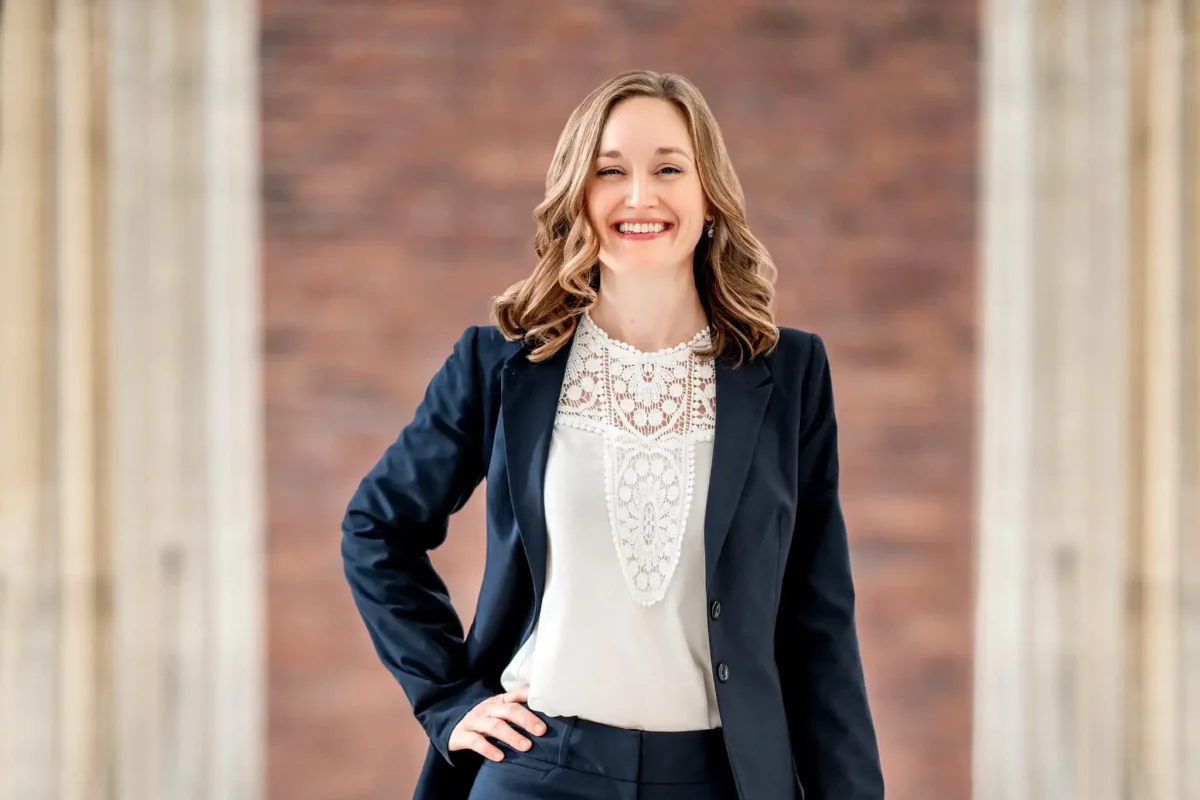Gannon University has been described as a place where it is easy to get involved. There are currently 141 university-recognized clubs and organizations on campus — and if none of these interest you, the SOLD Office is always willing to help you create your own group. So why are so many clubs struggling to survive?
A class required for all social work majors, titled “Communities and Organizations,” focuses on applying social work principles and theories to larger groups of the population.
As a practical application of the techniques learned in class, students are assigned a project to evaluate a club or organization on campus, and provide them with an analysis of the problem and a plan for change.
For this analysis, students picked a qualitative methodology to inform their line of inquiry. There are many frameworks that can fall into this category, but for this study, students picked from ethnography, autoethnography, grounded theory or a case study.
Ethnography looks at the culture of a particular group of people, and how that culture can explain their perspectives and behavior.
Autoethnography looks at one’s own experiences of his or her culture, and how that experience can provide insights about one’s culture, situation, event and/or way of life.
Grounded theory is based in fieldwork and emerges from systematic comparative analysis to explain what has been observed.
Michael Quinn Patton defines a case study as “an exploration of a bounded system over time through detailed, in-depth data collection.”
In addition to the framework chosen, students were asked to apply assessment tools learned in class with Paris Baker, Ph. D., an assistant professor of social work.
PREPARE is an assessment geared toward organizational or community change potential. It is an acronym designed by Baker to assist in remembering all steps of the process.
The steps are: 1) Problem identification, 2) Review macro and personal reality, 3) Establish primary goals, 4) People of influence, 5) Assess potential costs, 6) Review risk and 7) Evaluate potential success of macro change.
This gives an accurate overview of the potential for change within the organization.
IMAGINE, another acryonym, is a process of project implementation and program development. The steps are: 1) Idea that is innovative, 2) Muster support, 3) Assets, 4) Goals, objectives, and action steps, 5) Implement plan, 6) Neutralize opposition and 7) Evaluate progress.
This gives an accurate overview of the potential for the project to succeed.
Qualitative research methods are used to tap deeper, richer meanings of particular human experiences, organizations and communities. Emerging from interviews with student representatives and faculty advisers our students codified the following major themes:
1. Student attendance and participation in clubs and organizations is difficult.
2. Student leaders are overwhelmed, frustrated and fatigued.
3. Finding and securing stable funding is impossible.
Students reported that they are required (due to class requirements and Gannon’s commitment to service) to perform an enormous amount of community service. The demands of time for most students create dilemmas to choose where they will allocate their time. They often end up choosing to spend their time doing what is required for classes, as they don’t want their grades to suffer.
Student leaders asserted that they need help to fulfill the vision and mission of the club. Lack of attendance and participation force student leaders to work longer and harder. Eventually, this becomes unsustainable, and leaders cannot continue at the pace they were working.
Fundraising has a number of idiosyncratic challenges for student clubs and organizations. Students interviewed stated that the difficulty with fundraising is related to the first two issues; a “catch-22” scenario.
To receive funding from SGA, club members must participate and log community service hours, as well as do a percentage of the fundraising on their own.
This creates sometimes unrealistic expectations on club members, who, as stated before, are already performing community service for other requirements. Baker said club leaders described fundraising as frustrating.
A concluding analysis for the clubs involved was a SWOT analysis. This stands for Strengths, Weaknesses, Opportunities, and Threats. Based on this SWOT analysis, here are recommendations that may assist student clubs and organizations:
1. Reward student attendance and participation in club and organization in intimate and personal ways. Food will get students to meetings, but it is an insufficient motivator to keep them involved.
2. To assist with funding, attempt to connect your student club or organization with an Erie community organization. You can increase the number of people who can help raise money.
3. Involve faculty directly in club or organization fundraising activities and reward every faculty member publicly for their contributions.
It is clear that unless there is comprehensive systemic change, the clubs and organizations at Gannon University will continue to be overwhelmed and underfunded. However, if everyone involved speaks up, we can create a system where involvement on campus is not a chore.
If you are a club officer, and would like the full analysis of your club from this project, please contact Baker at [email protected].








